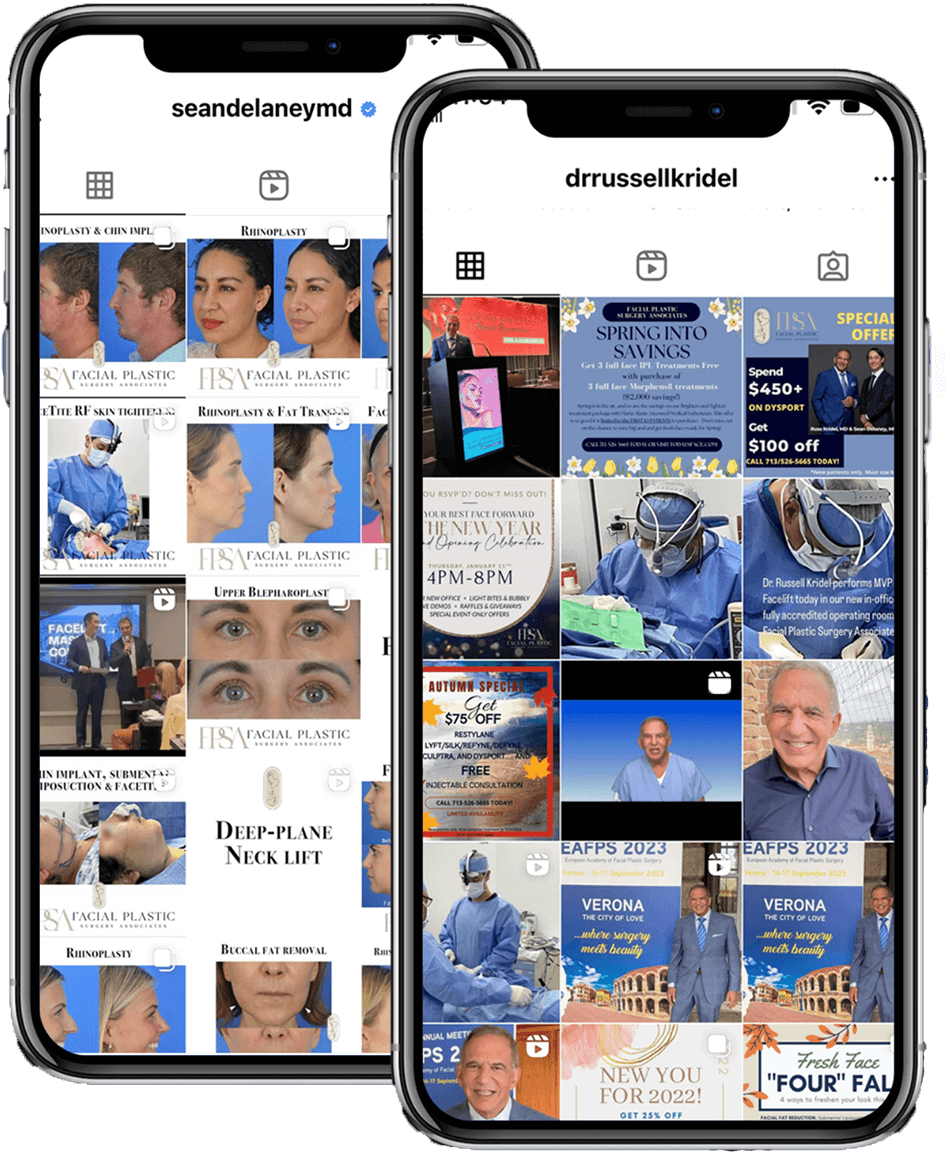July 23, 2011 | Rhinoplasty Recovery, Rhinoplasty Surgeon
3 minute read
Dr. Kridel was recently recognized for his active contributions to the peer-reviewed, online eMedicine Clinical Knowledge Base for WebMD.com.
Russell WH Kridel, MD, FACS is currently assigned as a co-author on two articles: Prerhinoplasty Facial Analysis, and Prerhytidectomy Facial Analysis in the following eMedicine book(s): Otolaryngology and Facial Plastic Surgery.
“Man has long tried to capture the beauty of the human face. Praxiteles’ Aphrodite from 450 BC was considered a standard for artistic beauty for several hundred years. The Renaissance artists of the late 14th century furthered the ancient Greek canons of beauty and described a set of proportions known as the neoclassical canons of beauty. Our ideals of beauty have changed over the last several hundred years, but these concepts are built on the foundations of past artists and scholars, as well as innate aesthetic preferences. With the advent of modern media, our popular icons have shaped or have been shaped by our concept of beauty… Interestingly, homogenous opinions concerning beauty exist across cultures. Cross-cultural consistency results from an evolutionary process linking physically attractive features to biological or social fitness.”
Evaluation for any cosmetic surgery procedure includes clear communication and building an effective rapport with the patient, and is not complete without a thorough history, which begins with a discussion about the patient’s motivations. In addition, systematic facial analysis is critically important for surgical planning.
Numerous potential pitfalls can be identified and complications can be avoided by correlating the patient’s concerns with the individual’s facial anatomy in order to develop a realistic goal.
Properly motivated patients have a healthy self-esteem and seek restorative changes. Having realistic expectations of postoperative results as well as the postoperative recovery period is vitally important for the patient.
For rhinoplasty patients, specific techniques must be chosen and executed expertly, with the knowledge that each maneuver usually alters several characteristics of the nose at the same time. An appropriate marriage of analysis and technique yields the greatest opportunity for achieving the most important goal of any cosmetic surgery: a satisfied patient.
You can read the entire articles here:
eMedicine is the most authoritative and accessible point of care medical reference available to physicians and other health care professionals on the Internet. eMedicine has a worldwide audience, including all of the 192 UN-recognized countries as well as other state s and territories. The site is part of the Medscape Professional Network which receives an average 1.5 million physician visits per month. The evidence-based content, updated regularly by some 8,000 attributed physician or health care provider authors and editors, provides the latest practice guidelines in 38 clinical areas. The eMedicine Clinical Knowledge Base contains articles on over 6,700 diseases and medical topics, and is richly illustrated with some 29,000 multimedia files. eMedicine’s professional content undergoes multiple levels of rigorous physician peer review, plus an additional review by a PharmD prior to publication.




